Today, we’ll look at new developments from Ukraine.
The ever-increasing presence of drones on the battlefield as countermeasures against armored vehicles has led to the emergence of innovative armor protection designs. But more than that, cheap drones are forcing a complete redesign of armored vehicle philosophy.

Following the introduction of cages attempting to counter the Ukrainian drones, Russian armored vehicles have gradually transformed with increasingly extreme designs, attempting to reduce the rate of catastrophic losses.

The most striking symbol of this transformation is the so-called turtle tank, looking more like a mobile bunker than a modern fighting vehicle. The tanks are wrapped in layers of welded steel sheets, cages, and mesh domes that completely cover the turret, limiting their ability to rotate the gun and heavily slowing them down. In this sense, the turtle tank captures the philosophical collapse of the old armored ideal, which is no longer centered on striking first but simply staying alive longer.

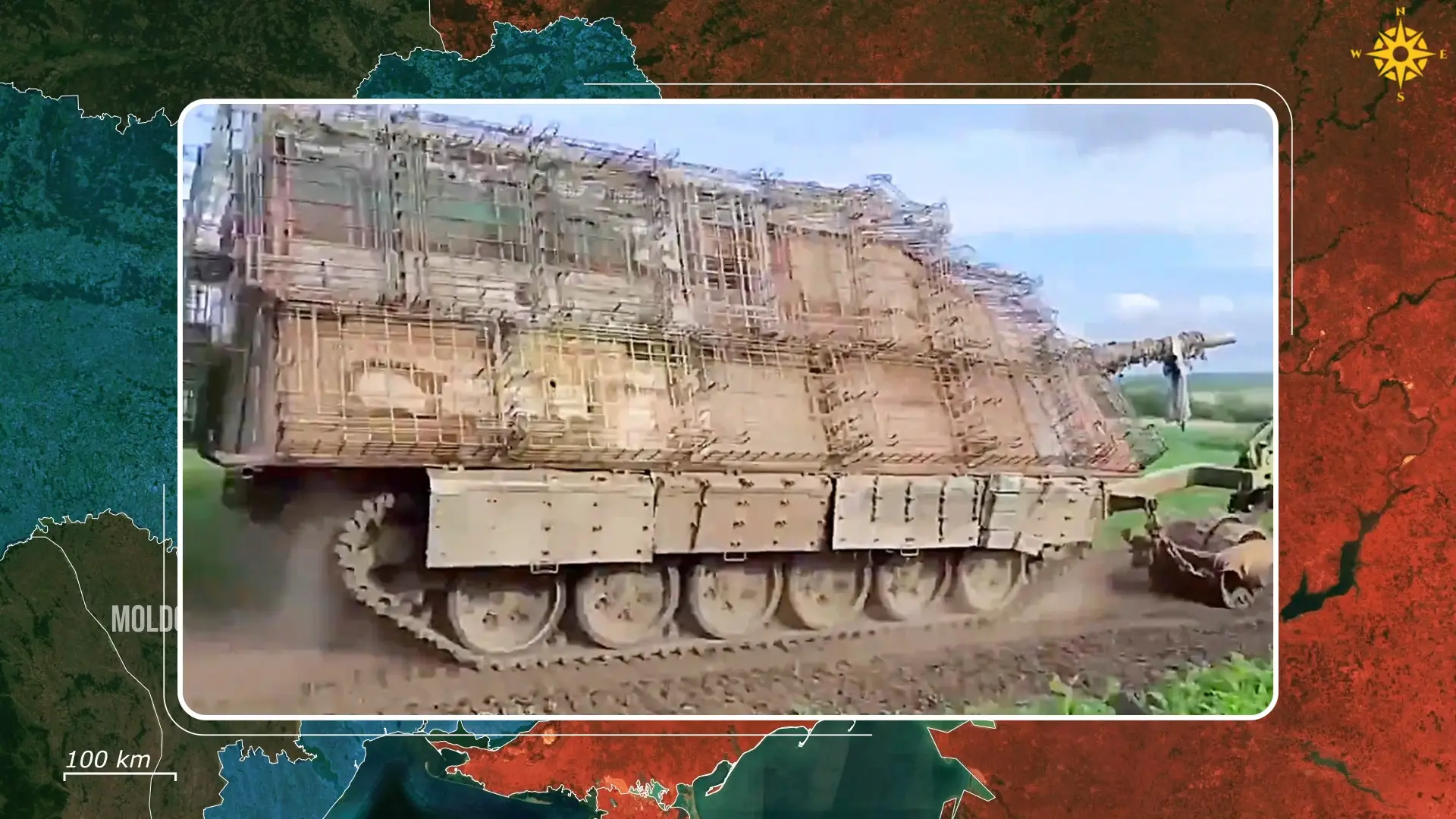
Other, more recent designs are also emerging, such as mounted porcupine-style rods, designed to trap the incoming drone or trigger a premature explosion. New protection designs are not only applied to tanks but also to nearly every vehicle deployed at drone strike distance, such as supply vehicles and APC’s.

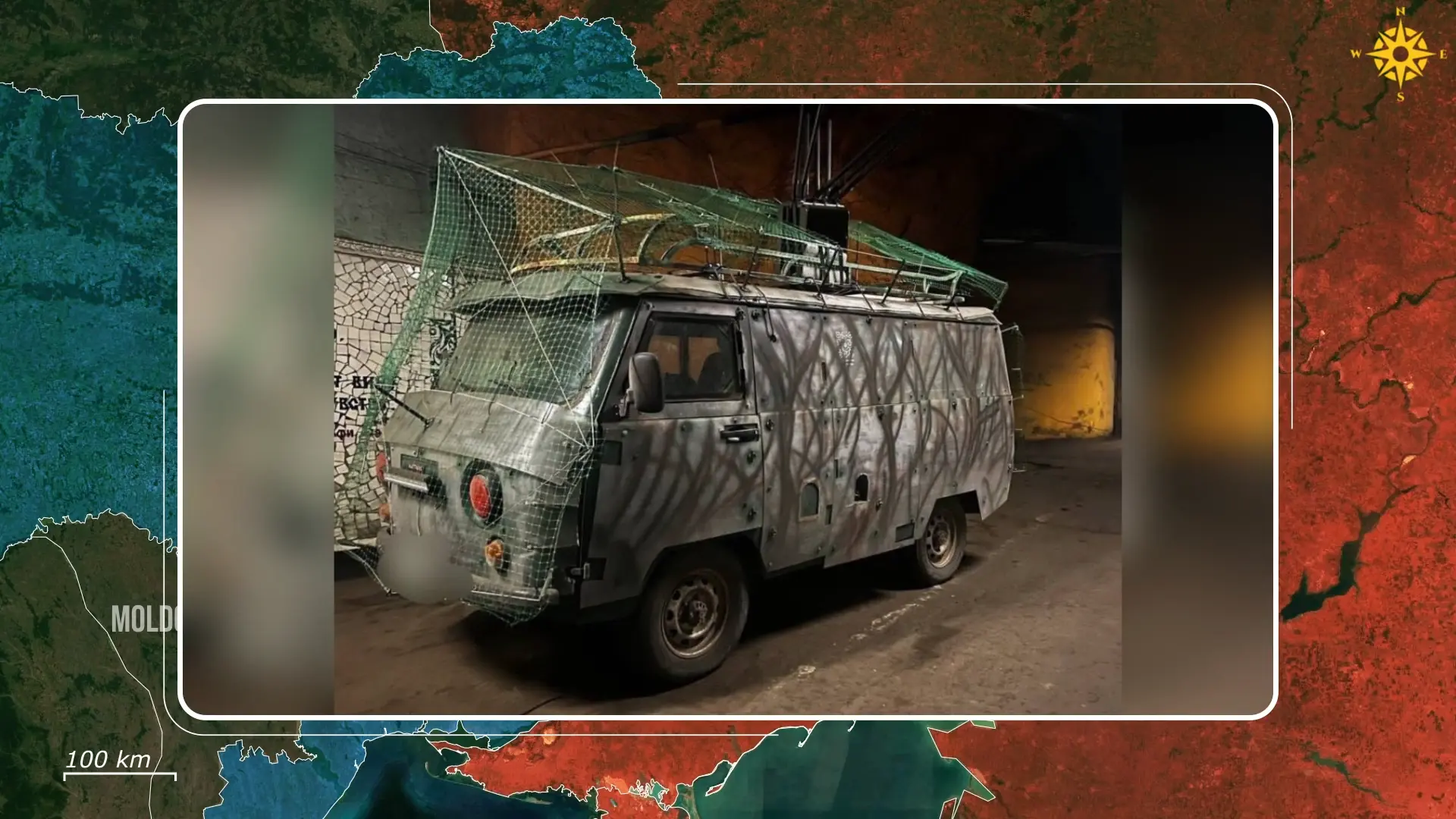
After facing the same drone threat, the Ukrainians have also begun to adopt cages and innovative designs, often working faster with field repair teams, volunteer engineers, and drone operators collaborating to modify vehicles almost daily. Those modifications are being experimented with in different forms and customized to different vehicles, such as armored personnel carriers, tanks, and infantry fighting vehicles. Western-supplied equipment is also being refitted to match the new battlefield in Ukraine, as shown with the US-supplied Abrams tank and the Bradley IFV.

Another example is the recently Italian-supplied Centauro B1, a wheeled tank destroyer or fire support combat vehicle, outfitted by the Ukrainians with enhanced armor and grid protection. Gradually, every armored vehicle is being redesigned and deployed differently to survive longer against the threat of cheaper drones. Yet these stopgap solutions only highlight the deeper problem of traditional armored concepts no longer holding up, and we are witnessing the shift to a new armored vehicle philosophy.
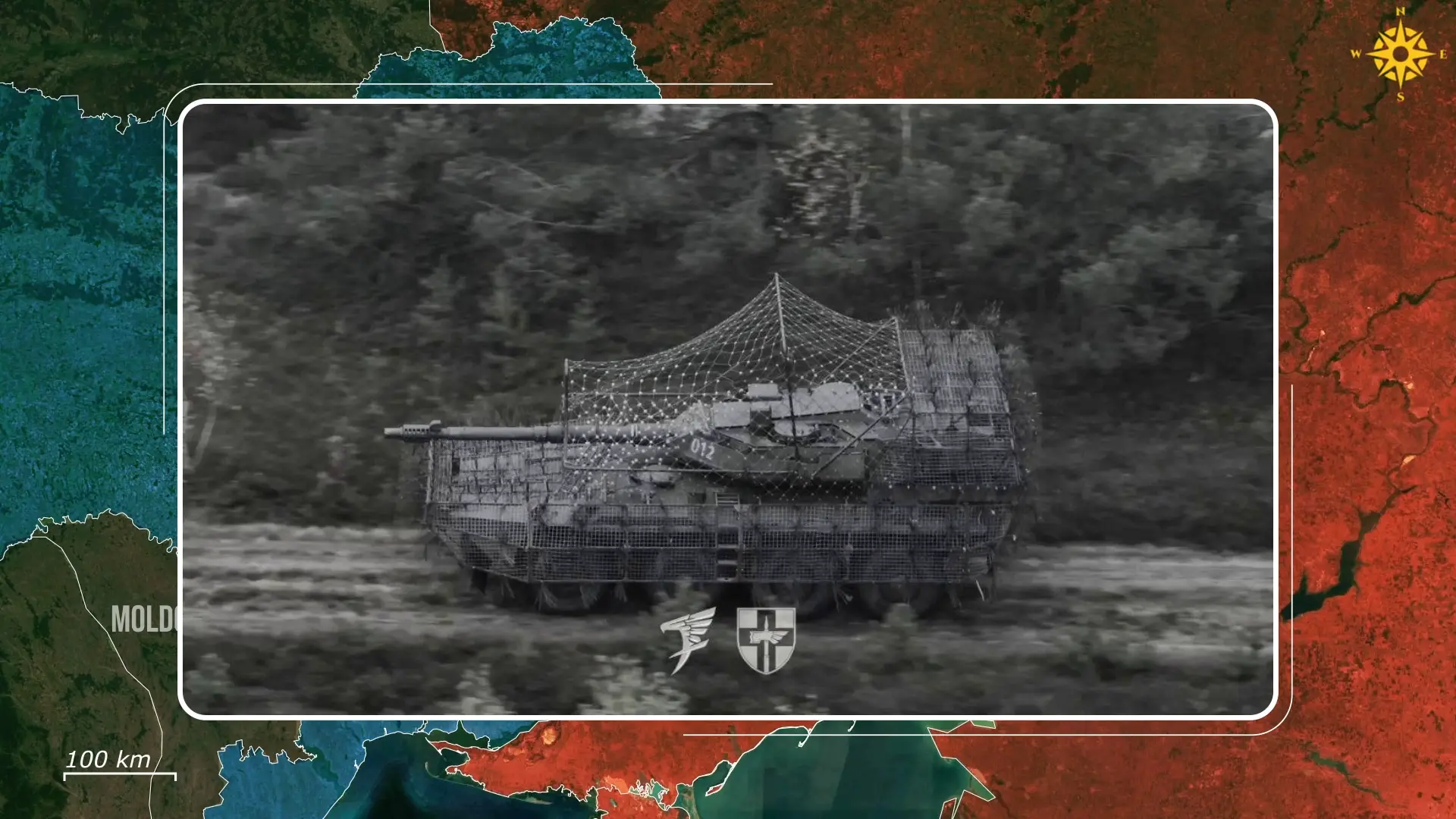

For decades, designers followed a triangle centered on firepower, protection, and mobility, with tanks that could survive artillery, destroy other tanks, and move fast enough to exploit breakthroughs.
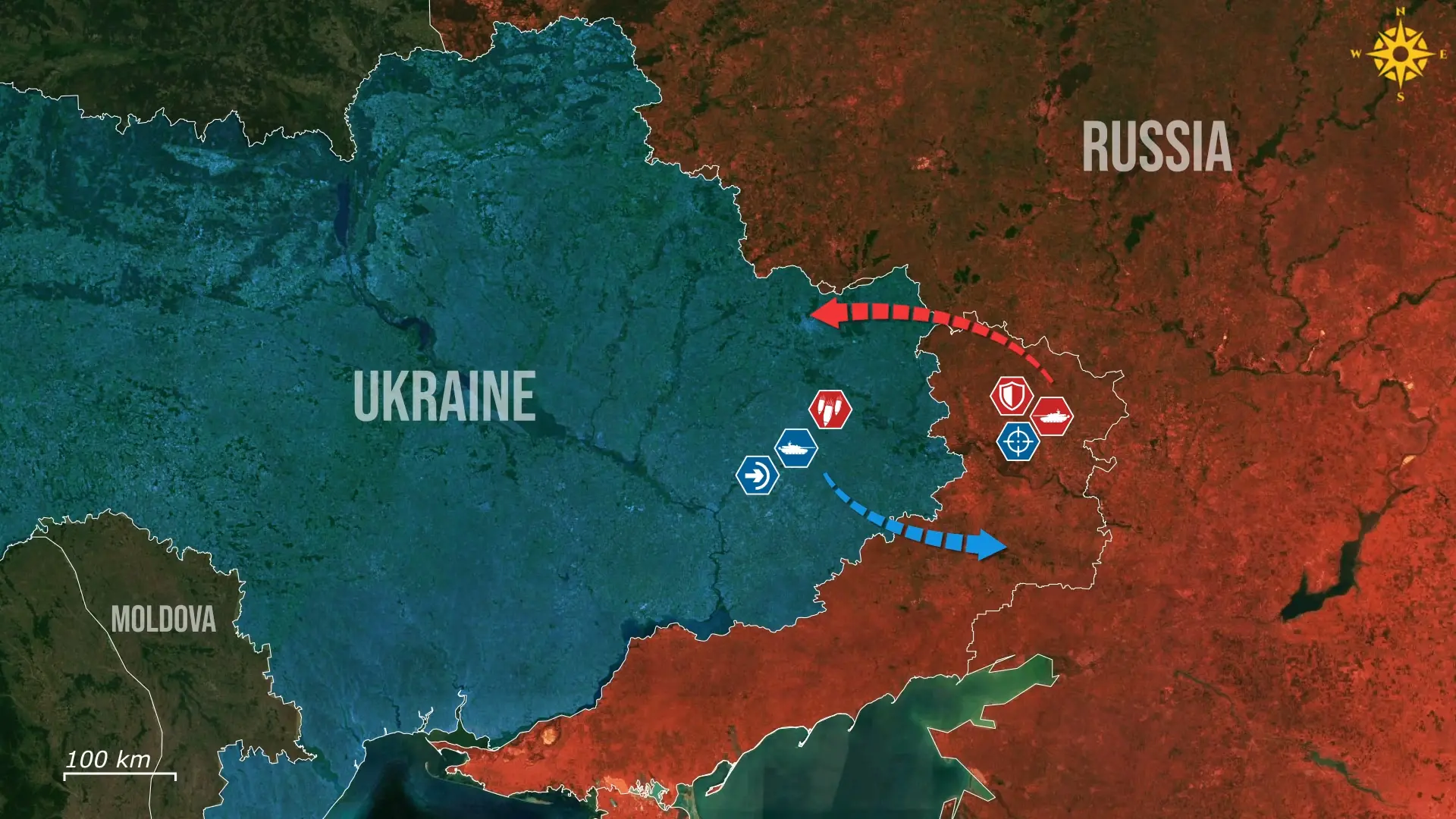
However, drones have broken that balance by destroying armored vehicles from above with surgical precision, regardless of the amount of steel on the front plates, forcing a shift away from armor thickness toward networked survivability.
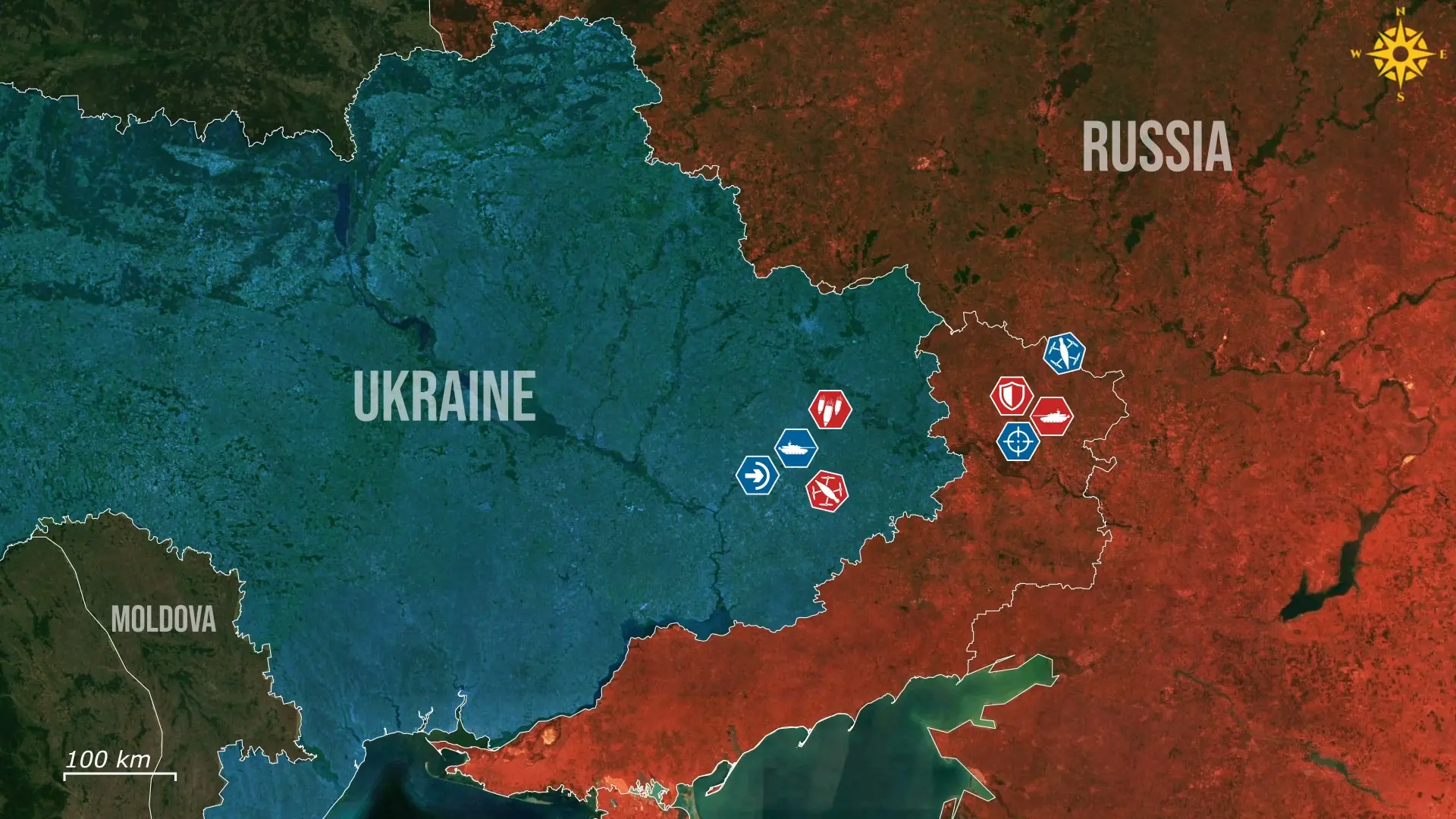
Future vehicles will tend to be modular, relying on sensors, electronic warfare suites, and coordination with friendly drones for protection to detect and disrupt the threat, instead of trying to out-armor it. This means tanks and infantry vehicles will likely operate as connected nodes within a wider digital ecosystem, sharing information with UAV scouts, using decoys to confuse operators, and moving constantly to avoid detection.

The design focus is shifting from brute strength to agility, situational awareness, and signature management as part of the vehicle procurement process. Furthermore, global investment valued at around 38.3 billion dollars for the year 2025 is also taking place for the development of counter-UAV system packages, which combine electronic jammers, sensors, and short-range defenses. Several modern Active Protection Systems now claim the ability to detect small UAV’s, which can then be countered with short-range air defense or airburst munitions originally designed against infantry.

Finally, new designs should avoid single points of failure that could be targeted by drones with precision, for instance, by adding hardened optics, retractable sensors, and integrating redundancy into armored designs.
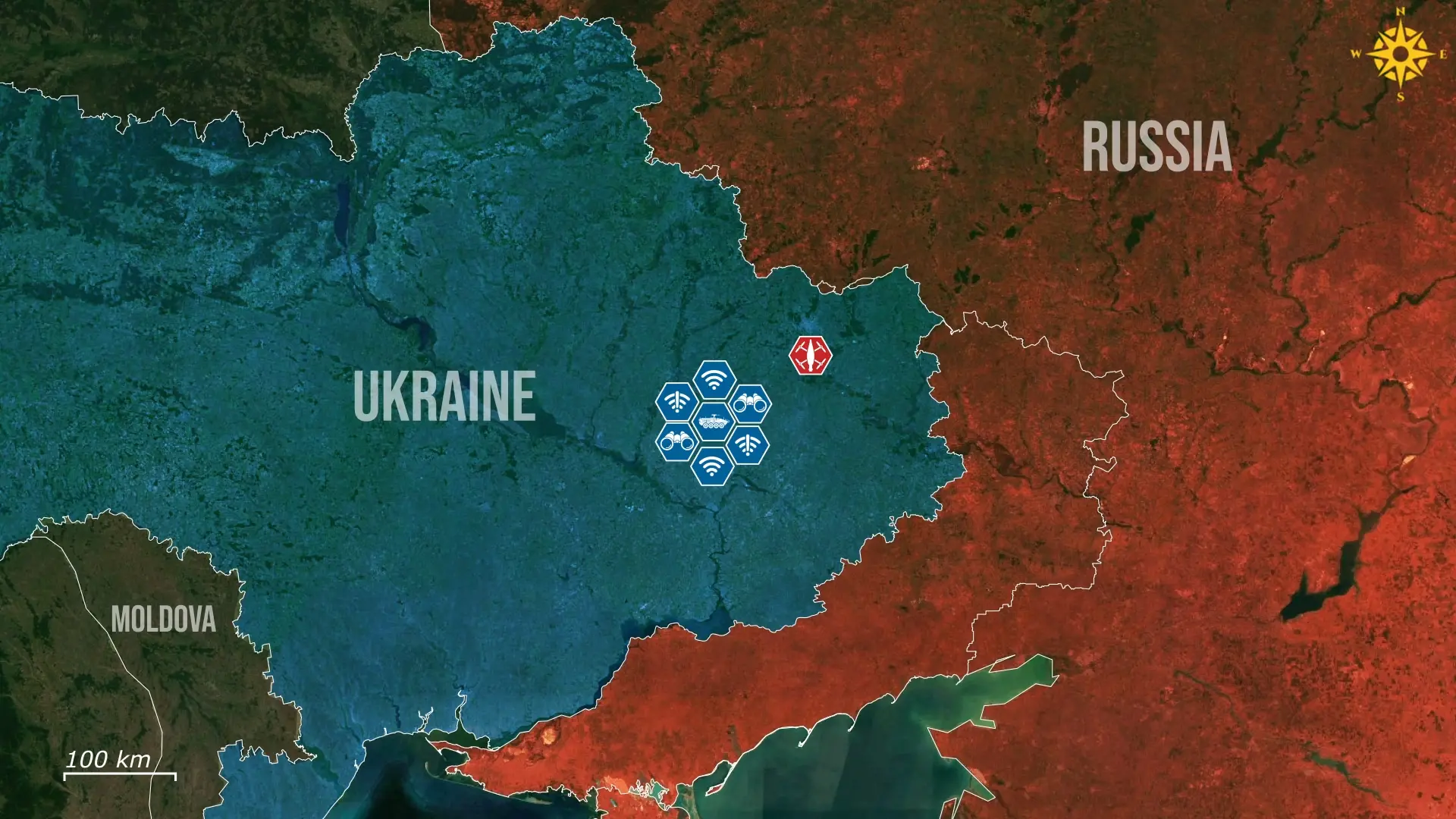
Overall, the armour developments in Ukraine are not just about field repairs or improvised cages, but represent the early stage of a complete redefinition of what armoured warfare is supposed to achieve. Although the turtle tank and similar designs may look absurd, they symbolize the desperate ingenuity of an age where drones rule the sky, and where 360-degree light protection matters more than frontal armour thickness. Armoured vehicles will still have a place, but they will need to be designed and paired with the best anti-drone setup, work in tight coordination, and adapt to the new reality.
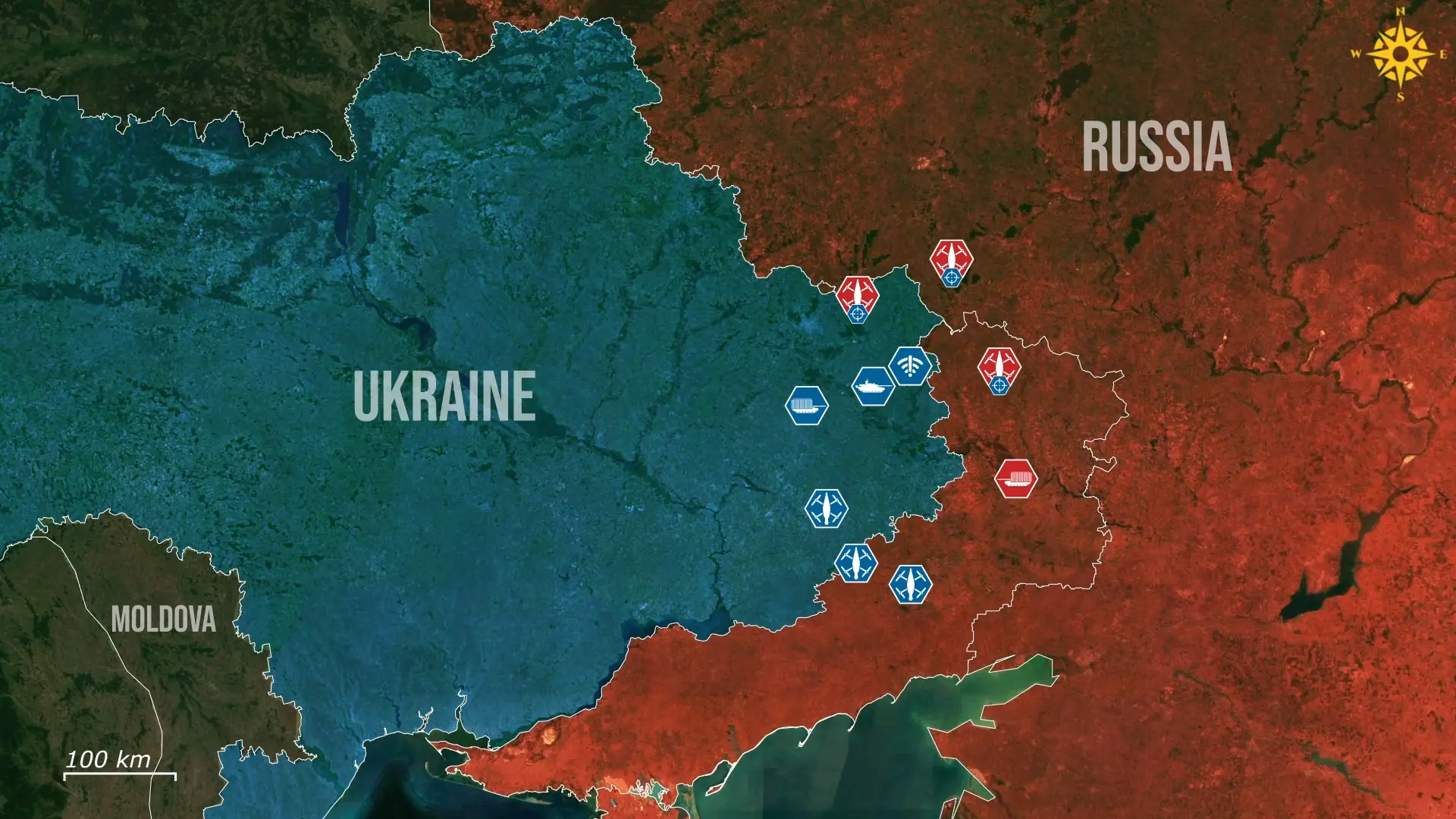









.jpg)

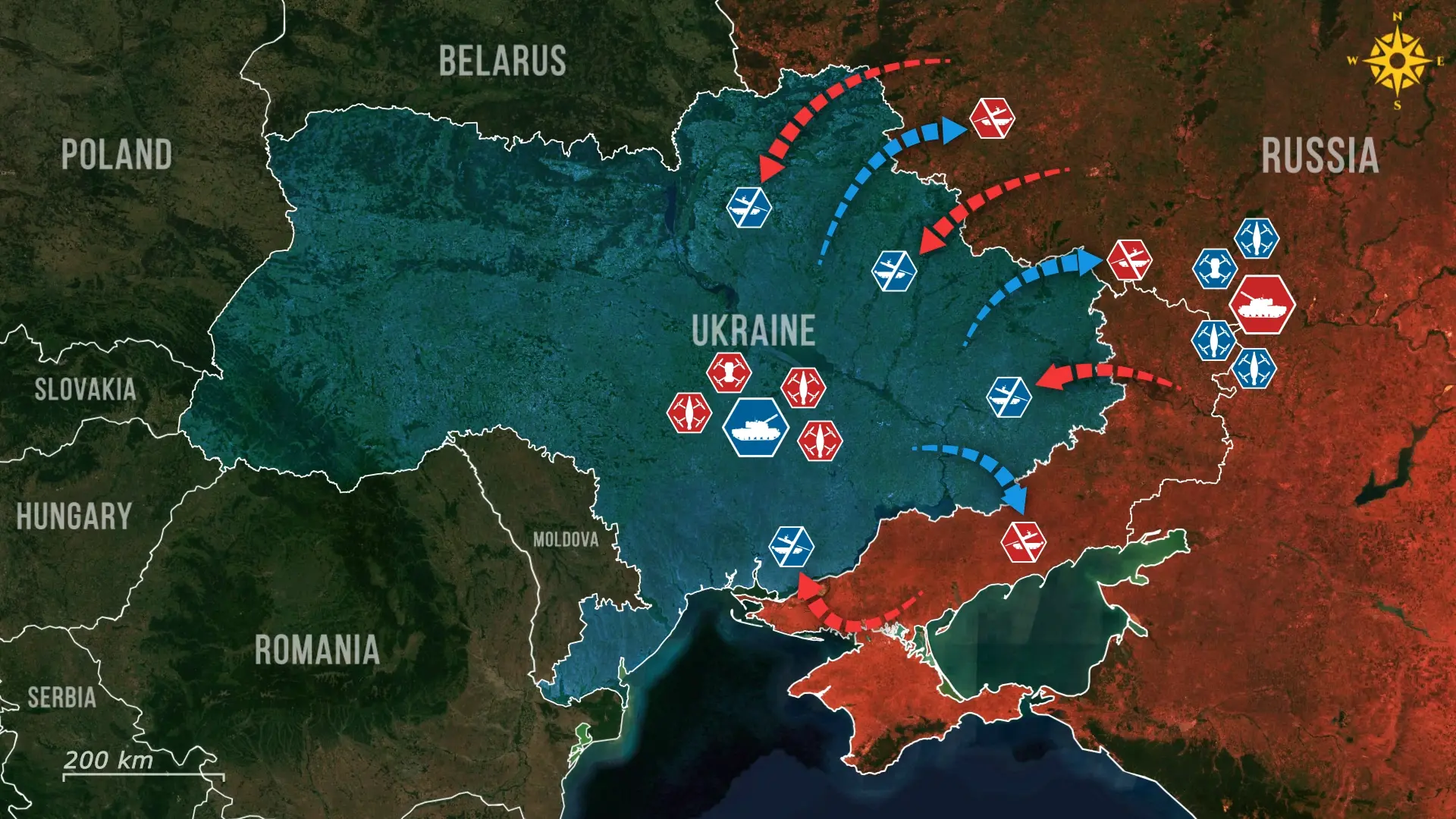
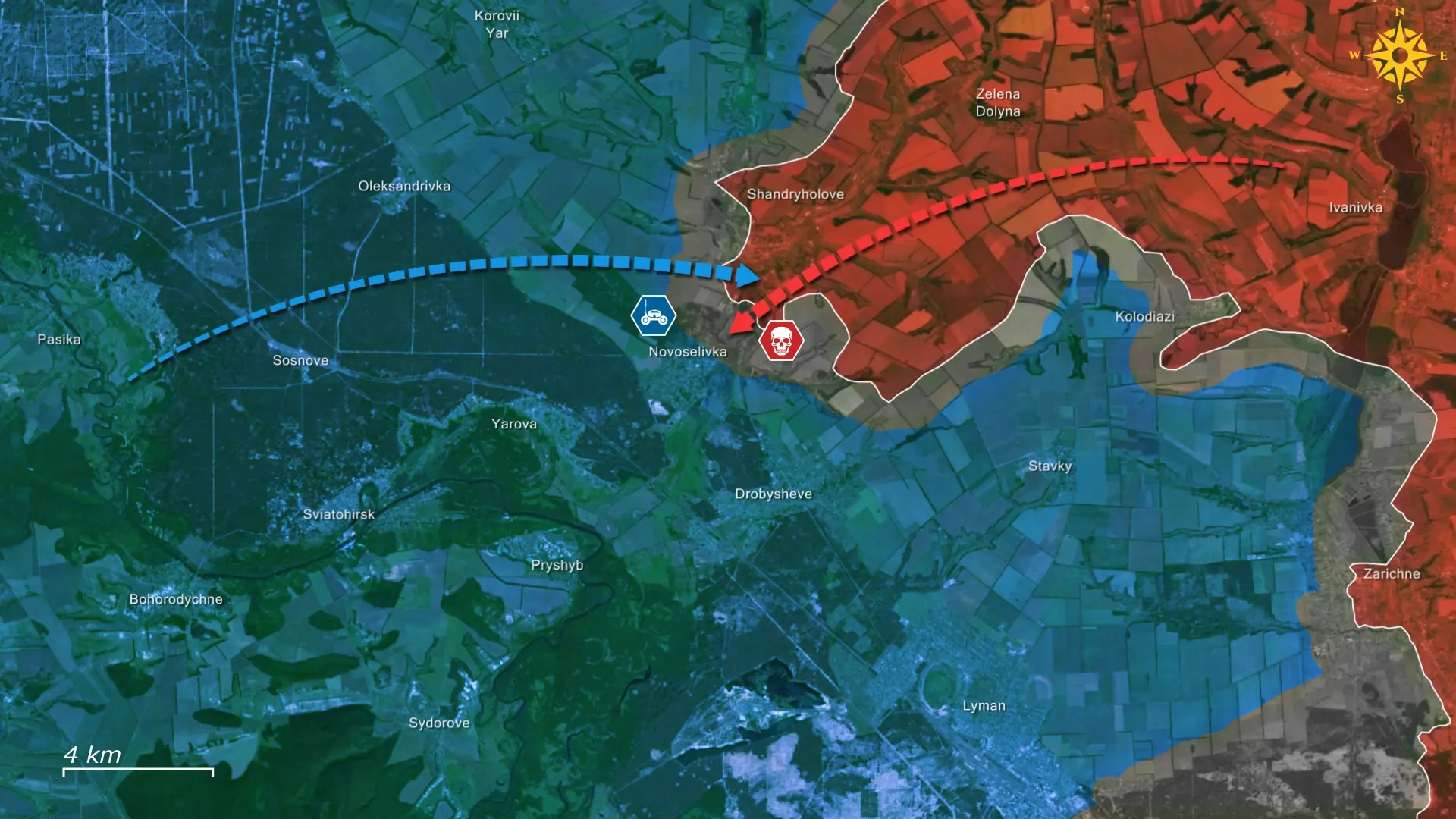
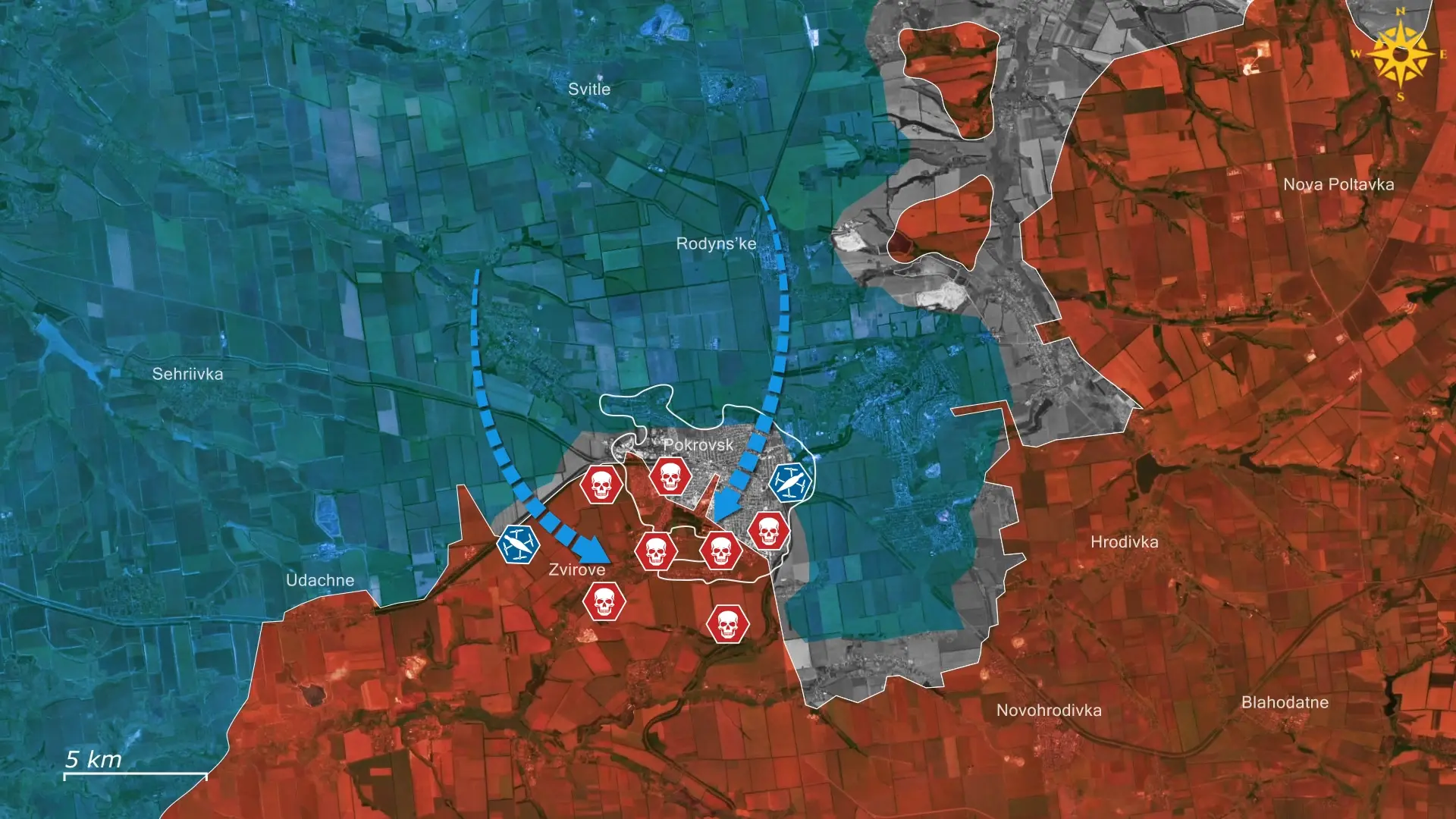
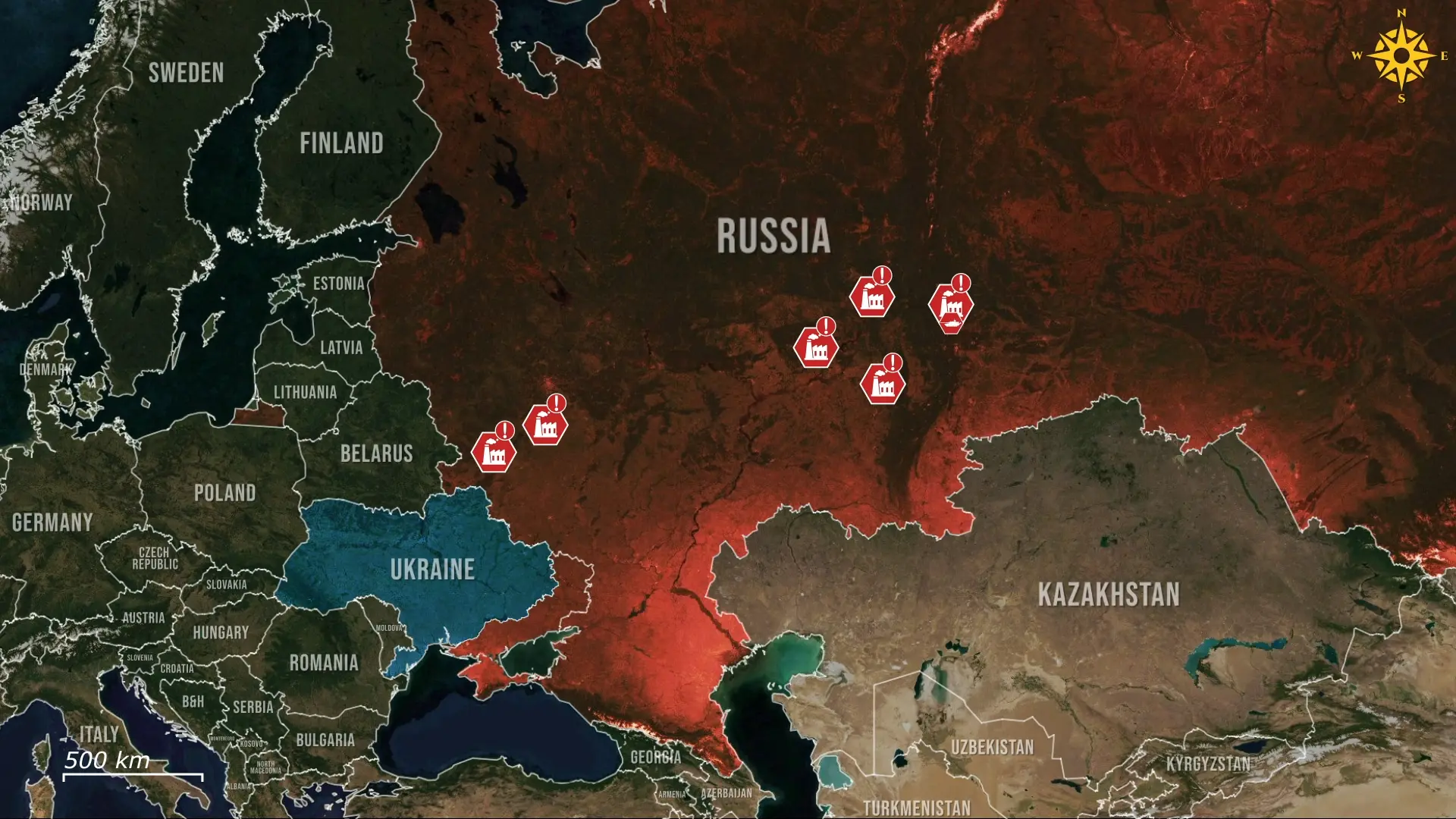
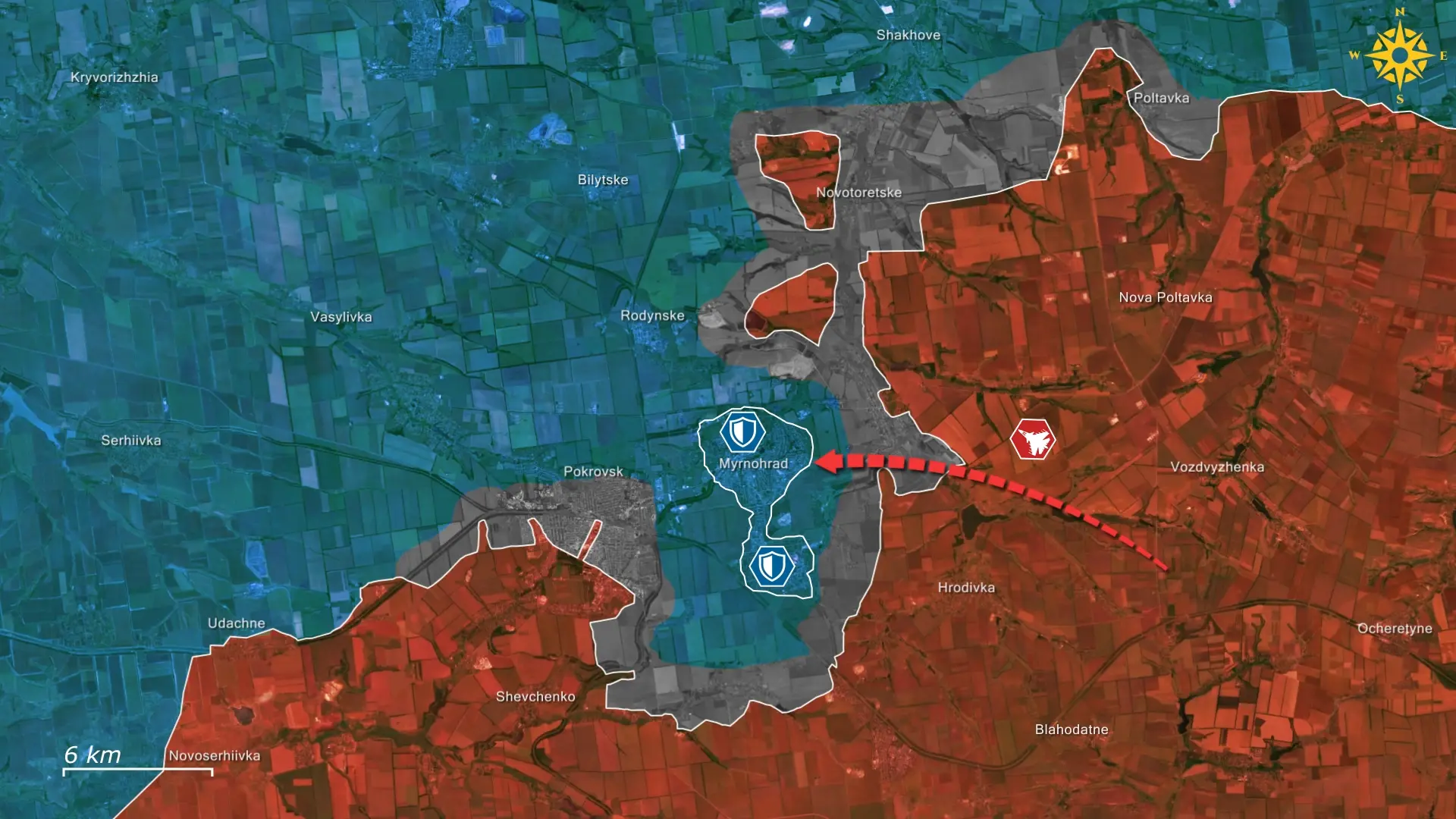
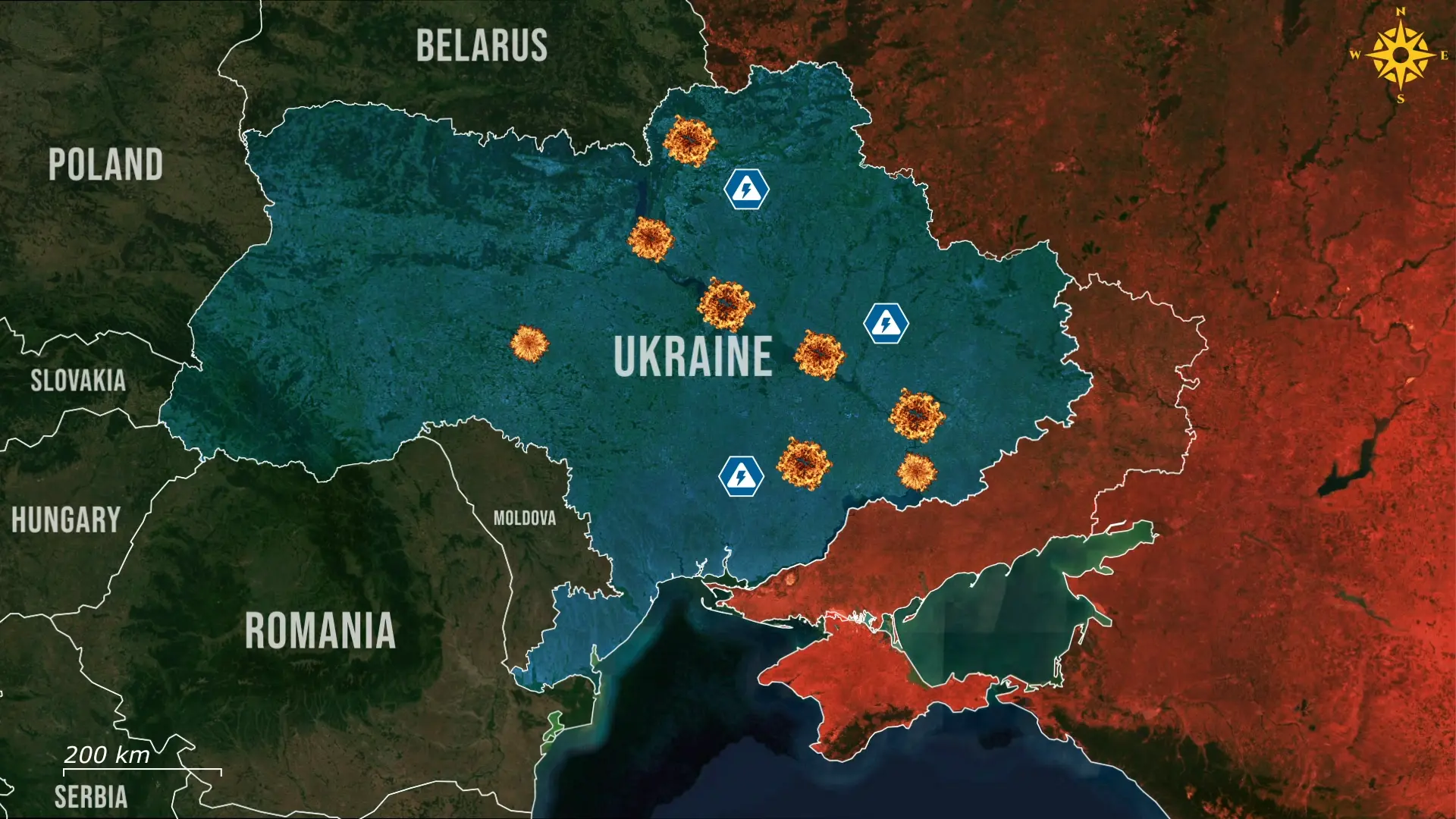

Comments